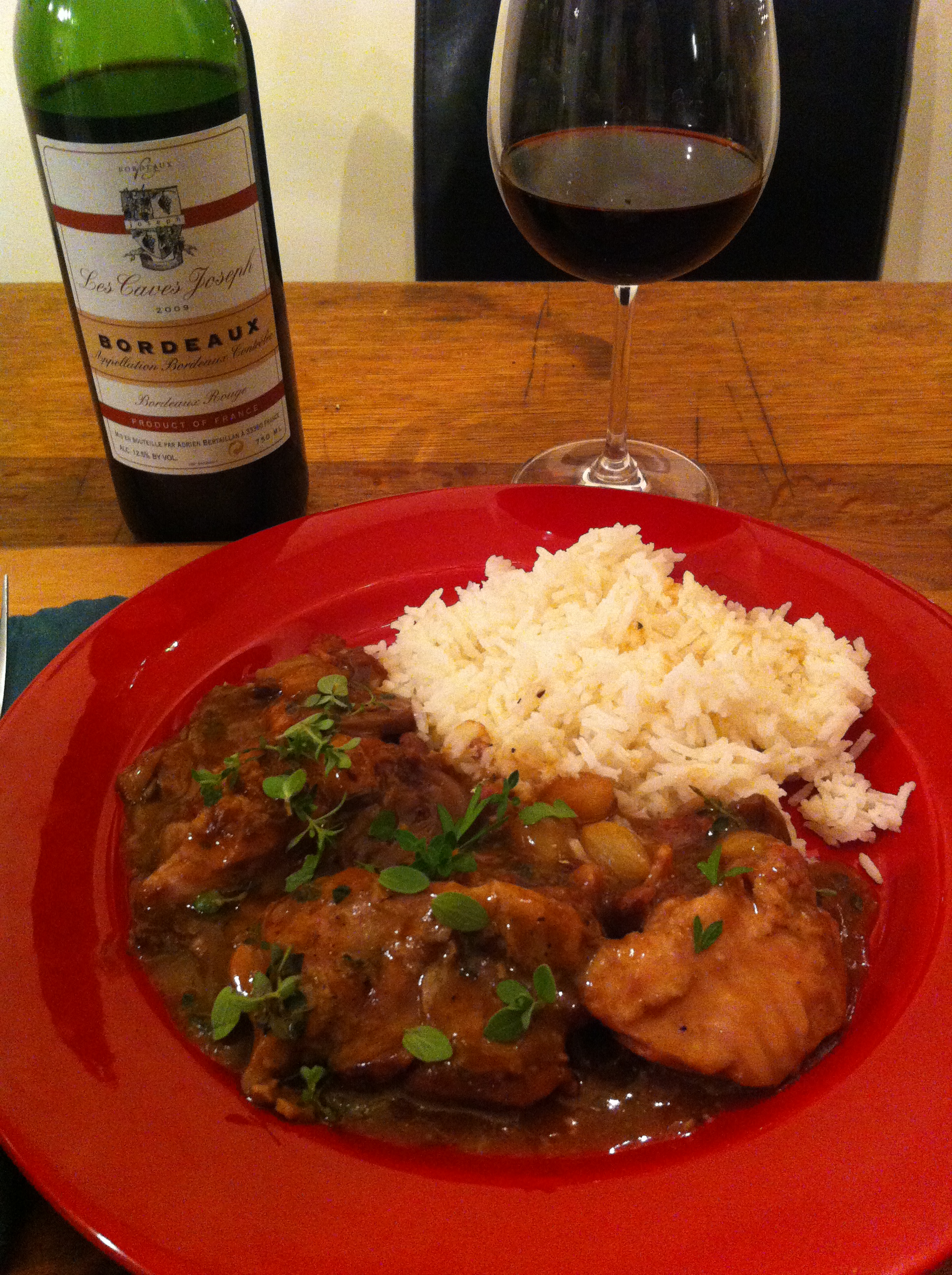Wiseguy Gravy, bada bing, bada BOOM!
 Wednesday, May 25, 2011 at 05:40PM
Wednesday, May 25, 2011 at 05:40PM In my constant pursuit of the perfect Italian meal, I keep returning to Italian Sausage. That flavor of roast pork, spices like fennel seed and oregano, pop like tiny fireworks. You can buy it hot or mild, I like both, but whatever you do, buy it fresh and buy it from a good Italian deli or food market. Italian sausage from the supermarket just doesn't make the grade.
Now ever since The Godfather, Mafia life has become part of the romance of the modern American culture. For better or worse. Who can forget Marlin Brando saying 'Make him an offer he can't refuse"? Or Michael in 3-"Just when I thought I was out, they pull me back in!". And then there's Clemenza making 'the gravy' when the crew has 'gone to the mattresses'. "You see, you start out with a little bit of oil. Then you fry some garlic. Then you throw in some tomatoes, tomato paste. You fry it--you make sure it doesn't stick. You get it to a boil. You shove in all your sausage and your meatballs, hey? And a little bit o' wine. An' a little bit o' sugar, and that's my trick." Gravy is what all made men call red tomato sauce. Its that simple.
But I make a variation of Clemenza's recipe. I put some olive oil in a pan, CHrow some gaaaalic in, THEN the sausages and the peppers. Brown one side and keep turning until they have become a golden brown. This is done with the heat on medium. Using the same pan, pour in the tomato sauce, canned tomatoes, tomato paste, wine, salt, sugar, pepper, spices, and bring to a boil. When it reaches a boil, turn the heat to low, cover, and let simmer until done. And 'done' is the subjective part. The longer it cooks, the more the flavor melds. Be sure to stir with a wooden spoon. Why a wooden spoon? Because that's what mama mia used. That's why. If you want to really simplify things, any quality jar of red sauce can be used and then embellished with salt, sugar, wine etc.
You can serve this over any pasta and try topping with chopped fresh basil. Any good dry red wine pairs well with this gravy.
6 Italian sausages
1 large can tomato sauce or 1 bottle sauce like Classico or Trader Joes signature sauces
1/2 8oz can tomato paste
4 or 5 cloves garlic
1 large can stewed tomatoes with juice
olive oil
Fresh oregano, thyme, sage etc (dried will work) to taste
Salt, pepper, sugar to taste
1 cup red wine
 John |
John |  3 Comments |
3 Comments | 
